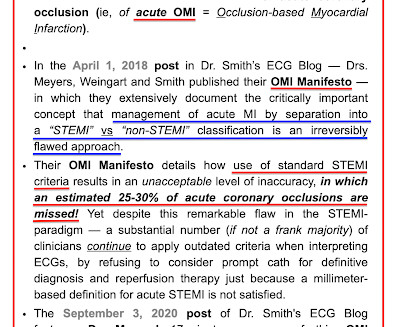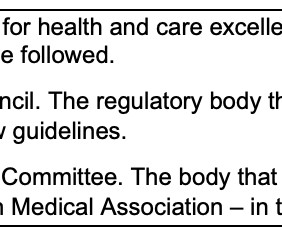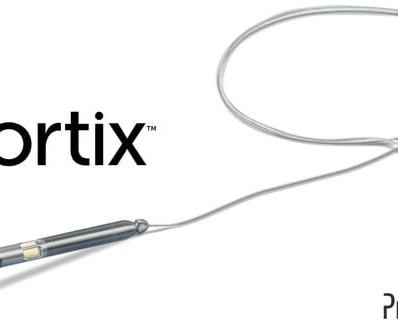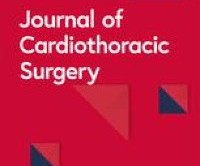ECG Video Blog #407 (292): Why the Patient Died?
Ken Grauer, MD
DECEMBER 8, 2023
== CLICK HERE — for a V ideo presentation of this case! (22:3 0 min. ) Below are slides used in my video presentation. For full discussion of this case — See ECG Blog #292 — == The 2 ECGs shown in Figure-1 were obtained from a man in his 30s — who presented to the ED ( E mergency D epartment ) with chest pain that began several hours earlier. ECG #2 was recorded 1 hour after ECG #1.








































Let's personalize your content